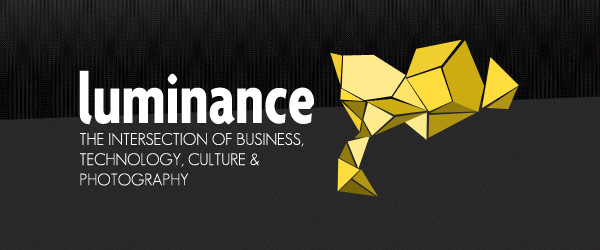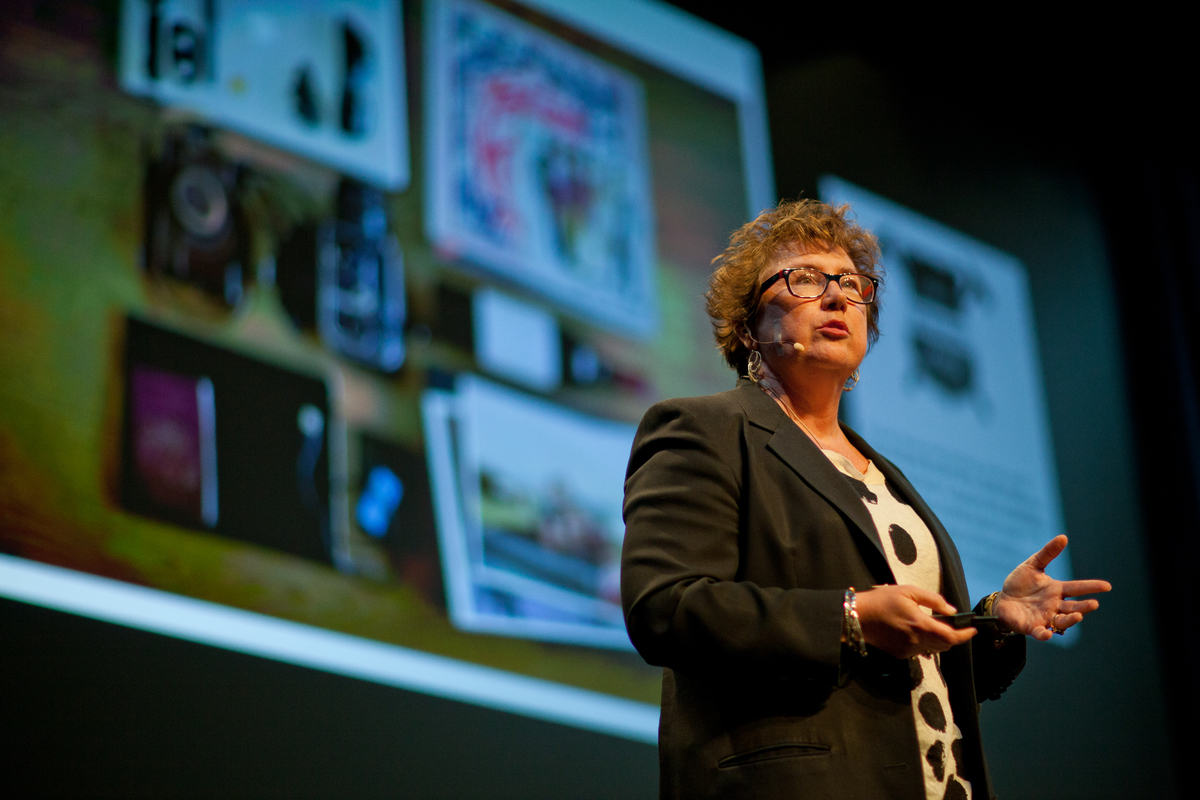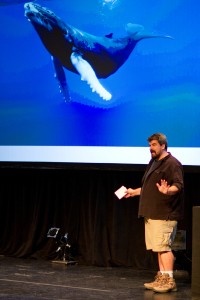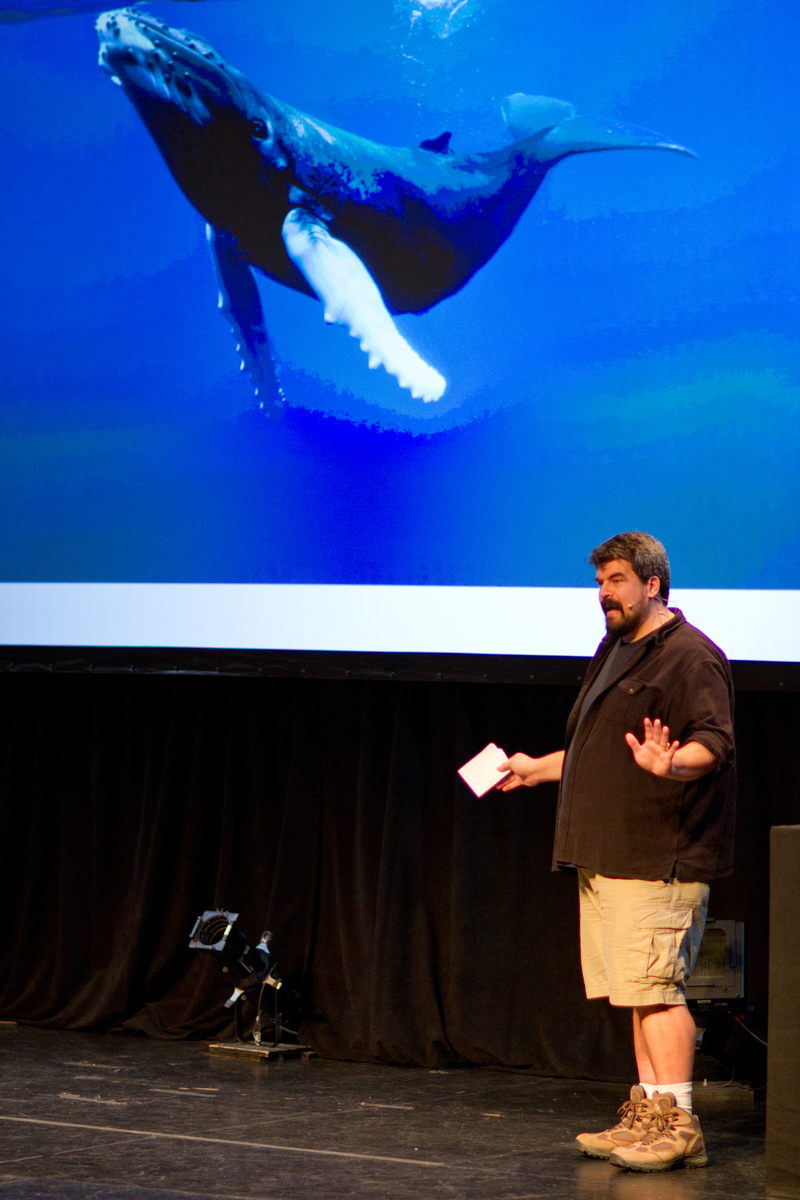
Eileen Gittins, CEO and founder of Blurb, a digital book publisher, spoke about the 21st century book: what is it now and what might it become?
She spoke about how print provides a different experience than digital. Books have physical mass and this may make people feel that they matter more, she says. When she makes the decision between a physical or a digital book she thinks about whether it is something she wants to keep or something she wants to consume.

But that’s not to say she doesn’t see the value in digital. What we used to think of as a book is changing before our very eyes, she says. To help explain this phenomenon, she used an analogy: before there was TV there was radio and when TV first came out it was a lot like radio on TV. Over time TV developed into a new medium entirely.
This is what is happening now with books and ebooks, she says. We have this new medium, that can be the amalgamation of various types of media and we’re just learning how to use it. Gittins believes it’s, “our jobs as creators to think about the affordances that each medium gives us.”
When considering publishing books, Gittins encouraged the audience to consider using ebooks. They are self-curated, allow for complete control, are relatively cheap to produce, allow for social discovery, and can earn some cash, she says.
Alan Taylor, senior editor at the Atlantic, spoke next about the power of the still image.
When he was working at MSNBC in the 1990s as a developer, he was impressed with the work the multimedia team was doing in bringing great photos to light via “The Week in Pictures” and he couldn’t understand why other media outlets weren’t doing similar work.
He believes that photography is a form of storytelling and storytelling is about human connections. The stories we tell about ourselves and the people around us make us who we are, he says. He aims to help people connect with other people through photographs.
At the end of this session CEOs from four startups had five minutes each to tell the audience how their new companies are bringing change to the photography field. Learn more about them: José de Cabo of Olapic, Avi Muchnick of Aviary, Evan Ratliff of Atavist, and Jon Slimak of Piictu.
Check out the full list of speakers and agenda on the Luminance website. See highlights and photos from each session of the conference on our blog.

